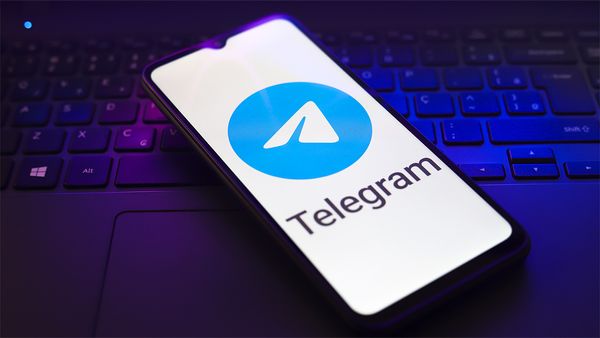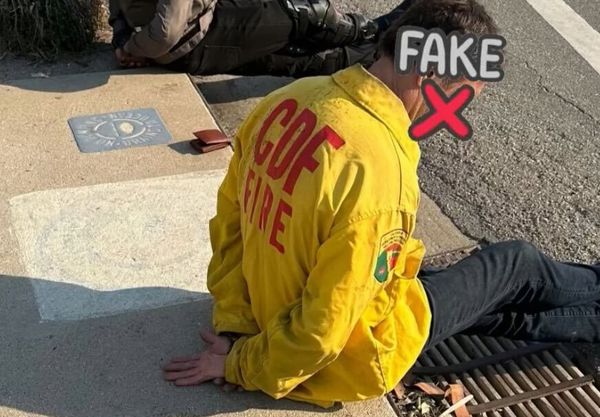
In late November, the Swedish government finally caved. The country had attracted attention worldwide earlier this year for ignoring calls to implement a lockdown during the COVID-19 pandemic’s first peak, as the government favored recommendations to hard regulation. But at long last, facing a perilous second wave of coronavirus cases, the Swedish government introduced its very first commercial ban: Bars and restaurants would close after 10:30 p.m.
After watching Sweden with confusion—and sometimes horror—many onlookers from abroad saw the move as the final verdict on whether governments should implement bans or just recommendations as the pandemic rages on. Even Swedes, they thought, were finally being told what to do. Admittedly, foreigners’ disdain for the country’s approach hasn’t been unwarranted: My fellow Swedes have been ignoring the government’s loose guidelines this whole time. Without bans, they’re still huddling together in malls and sitting knee to knee in bars (now before 10:30 p.m.) as the death toll has risen to nearly 8,000 in a nation of 10 million—a figure higher than that of all its neighboring countries combined.
Criticism of the authorities is mounting from within the country as well. Here, however, the conversation is more nuanced. What people are calling for isn’t more restrictions or a lockdown but simply what the Swedish government promised from the outset: clarity. When Sweden braced for its first COVID-19 outbreak in February, the Public Health Agency, spearheaded by state epidemiologist Anders Tegnell, emphasized the importance of giving clear instructions to the public. The plan was for these guidelines to allow Swedes to make responsible choices while still being able to go about their daily lives—and to keep the economy going—while the Public Health Agency adjusted the recommendations as the situation developed.
Of course, a lack of clarity in the national response has become the norm instead, and what was labeled a “trust-based” approach by the health authorities has become a source of confusion. Two things in particular have caused dysfunction and made it all too easy for Swedes to ignore official recommendations: First, there are too many guidelines—ranging from how to shop and eat out to how to attend church—which vary between the country’s 21 regions. And second, there is a growing disconnect between the recommendations of the ruling party and those of the Public Health Agency, which by constitutional law acts independently of the government.
The best example of how confusing Sweden’s guidelines have been is the debate over masks. Whether to wear masks has been a perpetual issue since the pandemic began: The Public Health Agency advised against “general” mask use but maintained that masks “could” be useful in certain places such as on public transportation—with the caveat that masks could also be counterproductive as they may grant people a “false sense of security.” Throughout the pandemic, Tegnell in particular has stressed that there is a lack of evidence for the effectiveness of masks and warned Swedes about the supposed risks of people wearing masks the wrong way. Eventually, on Dec. 18, the Public Health Agency announced that the updated guidelines will in fact include wearing masks on public transportation during peak hours.
It’s true that scientists and policymakers’ understanding of how to craft mask mandates has been evolving, and policies around the world have changed over the course of the pandemic. But Sweden could still have benefited from firmer recommendations at an earlier stage. By August, 4 out of 10 wanted masks to be obligatory on public transportation, compared to 3 in 10 back in May. But authorities didn’t yield. In Stockholm—where buses have been full due to reduced public transport (and drivers calling in sick)—commuters were still not advised to wear a mask. Instead, they were encouraged to “avoid crowded places.” This is obviously unrealistic for people who commute to work, and it raises the question: If the issue all along was improper use of masks, why not issue a nationwide recommendation to wear masks on public transport, combined with clear instructions on how to use them properly?
Tegnell fended off criticism by saying that “whoever wants to can wear a mask.” That may be, but the individual decision to wear a mask is just at the top of a long laundry list of other choices Swedes have to make on a given day. That list includes if and how to shop for nonessential goods (the city of Malmo’s largest mall had to temporarily shut down as shoppers neglected national social distancing guidelines on Black Friday), whether to visit loved ones in nursing homes (regulations and/or recommendations depend on region and/or relationship), and whether to eat out at restaurants (Prime Minister Stefan Lofven says to stay at home, while Tegnell approves of eating Christmas buffets in restaurants as long as guidelines are followed).
Mixed messaging, especially between Lofven and Tegnell, has only further confused the public. When the pandemic began, the Public Health Agency called the shots under Tegnell. But as opposition parties have now lashed out at the ruling center-left coalition and accused it of botching the pandemic response, that coalition has started to take action without consulting the Public Health Agency.
In late November, it made a unilateral decision for the first time to ban gatherings of more than eight people. When asked about the rationale behind this policy, Tegnell answered that it was a government move, and that it “certainly isn’t the Public Health Agency putting its foot down.” After the announcement, businesses were left without a clear directive. For example, Sweden’s largest movie theater chain, Filmstaden, said it would close temporarily, but it scrapped the decision later that day because Tegnell said the ban didn’t apply to movie theaters. It was then reinstated a few days later after the government announced that “Tegnell is wrong.”
It’s no coincidence that Lofven wants to step out of Tegnell’s shadow at this precise moment. A recent poll showed that people expressing “high confidence” in the Public Health Agency have fallen from 68 percent of the population in October to 52 percent in December. Meanwhile, the government faces fresh criticism because a special coronavirus commission recently concluded that the many deaths in the country’s nursing homes were due to long-standing government neglect. (Nearly 90 percent of the country’s coronavirus deaths have been among people 70 and older, and half of those were in nursing homes.)
Lofven has now conceded that his government is partly to blame, but he also continues to stress that health care is primarily the responsibility of regional authorities. Yet his explanations haven’t appeased a population that increasingly feels as though it’s part of a failing experiment. If the strategy isn’t working, Swedes ask, why haven’t the people in power changed it?
And yet the reality is that even if the ruling party wished to roll out stricter regulations, its powers are fairly limited. During the peak of the first coronavirus wave in April, parliament granted the government a temporary license to shut down restaurants, malls, gyms, and public transport, should the pandemic worsen. However, the law was never used, and after its expiration at the end of June, the government failed to extend the emergency legislation, because the health authorities forecast that herd immunity would protect Swedes from a large-scale second wave.
Of course, the prediction proved gravely wrong, and Sweden now has one of the highest per-capita death rates in Europe. Even though the government is drafting new emergency legislation, it’s not expected to come into force until March 2021 at the earliest—two months after vaccinations are expected to arrive in the country.
By now, it’s hard to imagine that the world will remember Sweden’s handling of the pandemic as anything other than a deadly blunder. But beyond the many lives lost, there’s an added layer of tragedy in that the Swedish voluntary model could have been at least a partial blueprint for other countries if the authorities had not fumbled it so greatly. Sweden could have managed without a lockdown had the government, for instance, fully closed nursing homes to visitors before the virus started to spread. The ruling party could also have better prepared—and braced the Swedish people—for a second wave, even as health authorities deemed another large-scale outbreak unlikely.
Indeed, where Sweden messed up was its execution. The model was designed to protect the old, but the authorities didn’t take into account that nursing homes would reel from decades of neglect and lack of resources; the plan was to give people freedom in exchange for responsibility, but authorities failed to deliver clear enough guidance for people to even be responsible. If the government had prized clarity—and if it had put aside its political squabbles to present a unified response—the criticism heaped upon Sweden might instead have become praise for not buckling under misplaced international condemnation.







